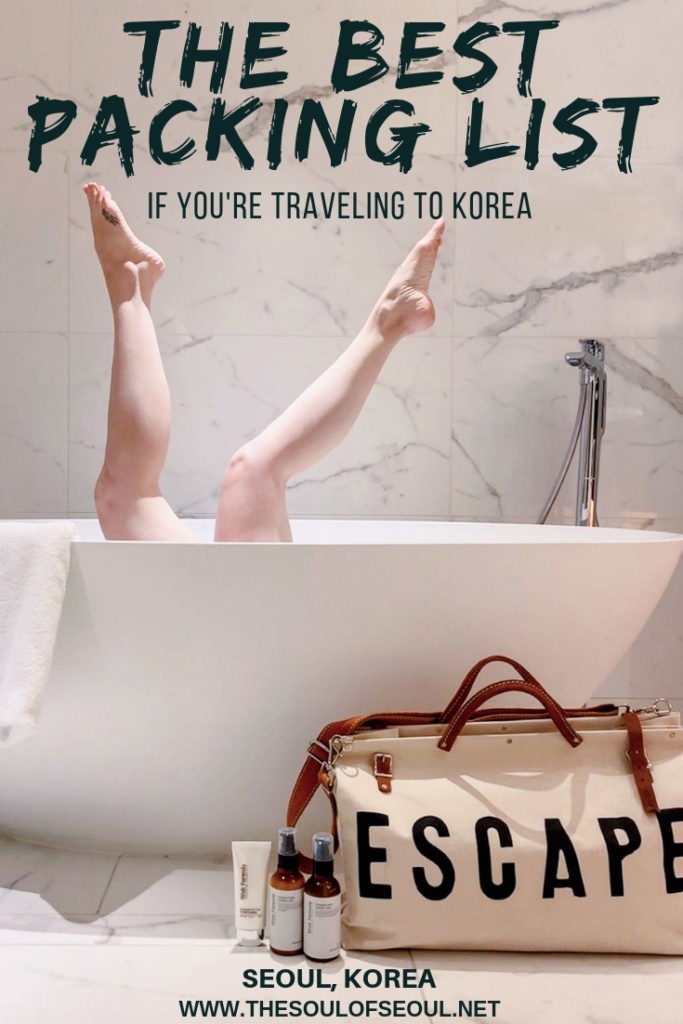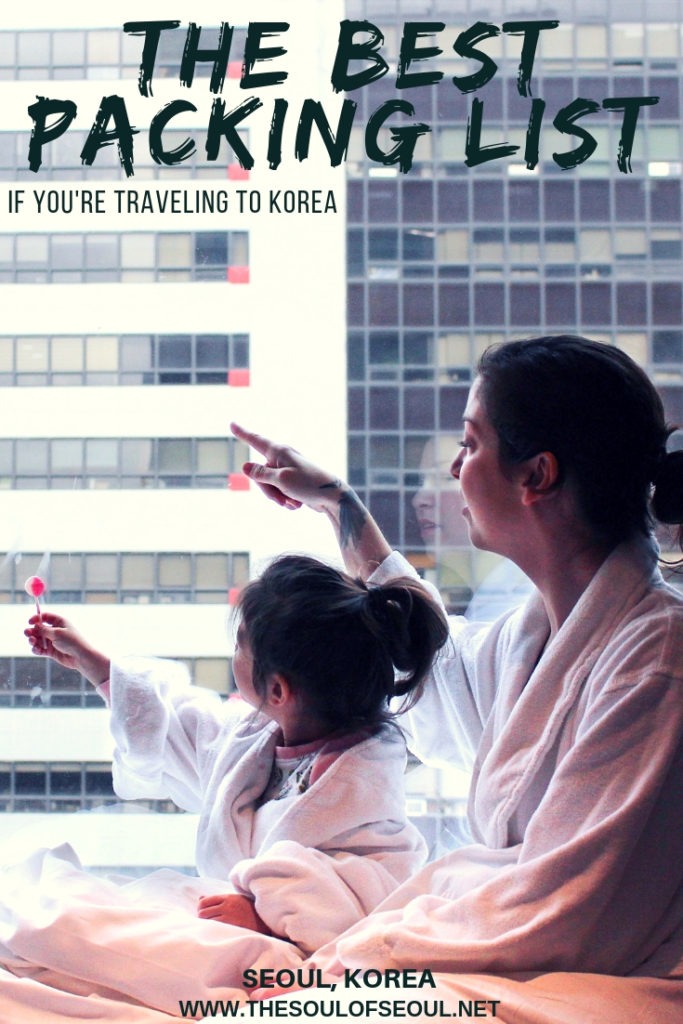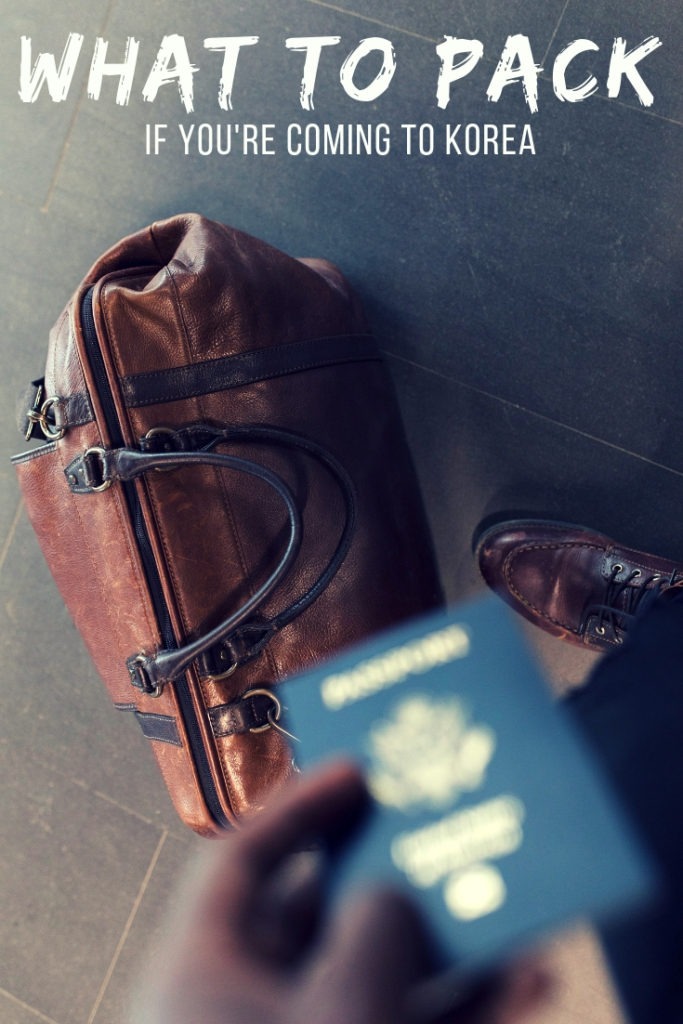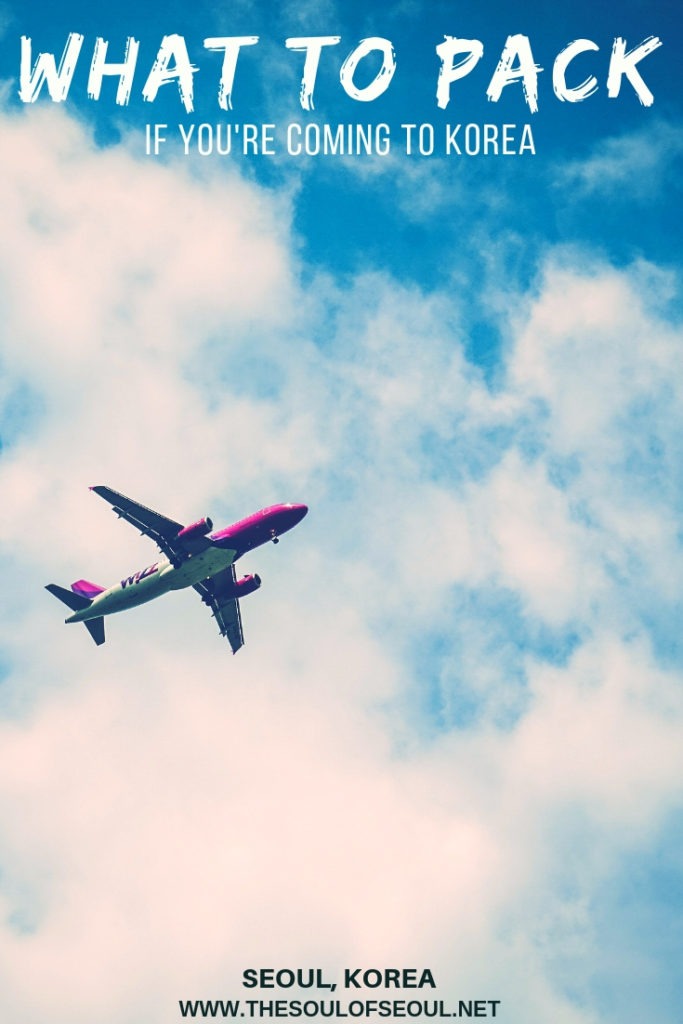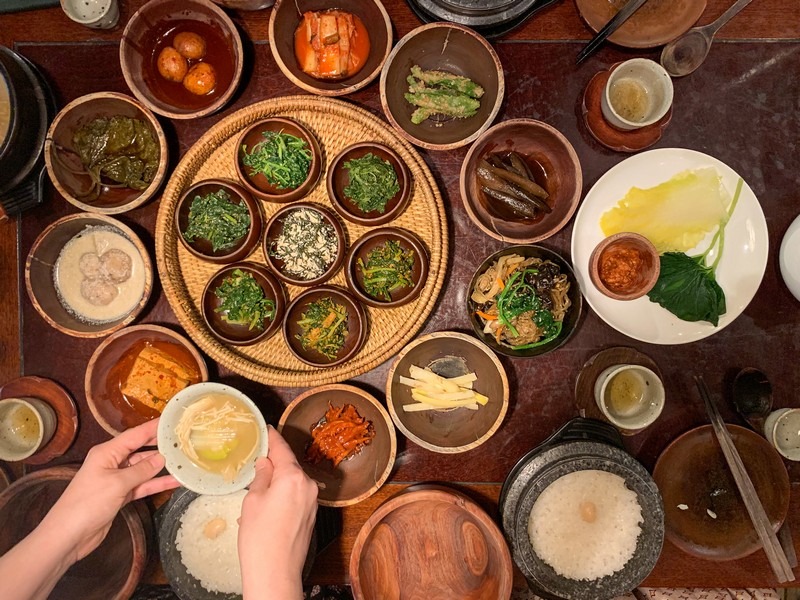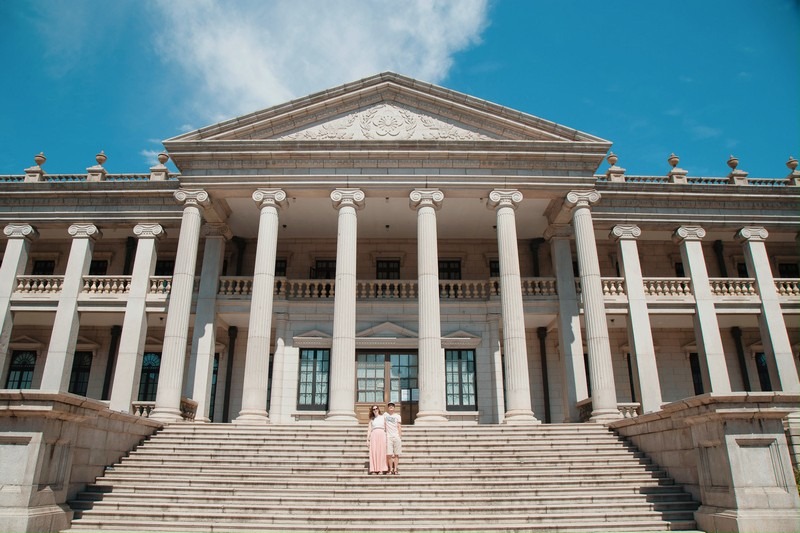What To Pack If You’re Traveling To Korea: The Only List You Need
Last Updated on October 25, 2023
Need a packing list for Korea? This is the spot. Whether you’re traveling to Korea for a short term trip or long term travel, it’s good to be safe rather than sorry. Korea has four seasons and here is what you need to have for each one. I get a lot of questions throughout the year like: What should I pack for Korea in the winter? Do I really need a parka for winter in Korea? How hot is it in the summer in Korea? What do I need to pack for the summer in Korea? Do I need a mask in Korea?
Basically, there are a lot of questions and I need a post to start directing people to, so here it is. All of the information you need to get ready for a trip to South Korea, the place I’ve called home since 2006.
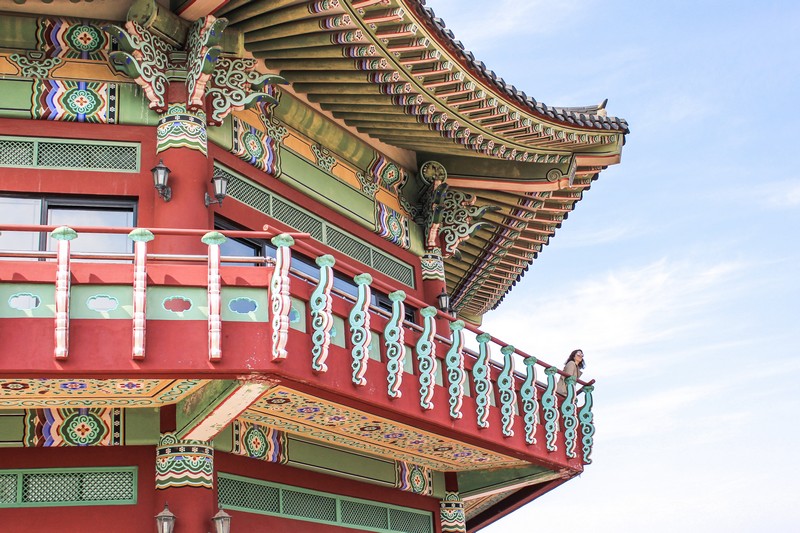
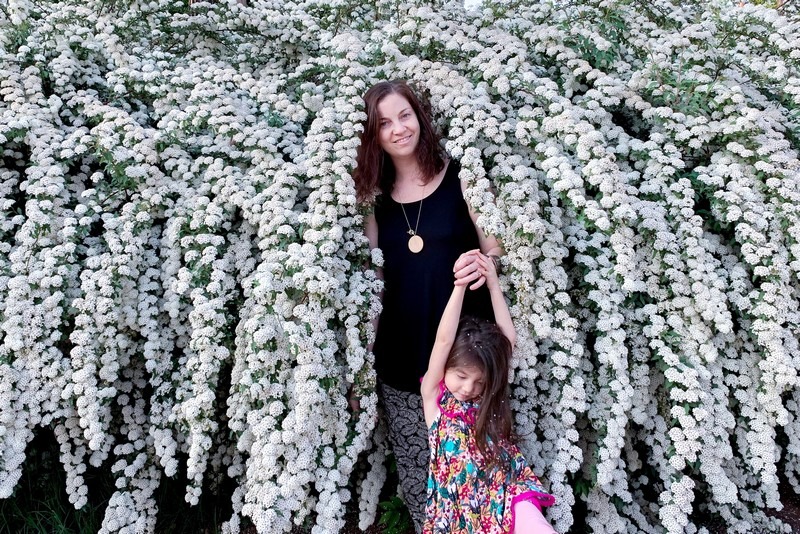

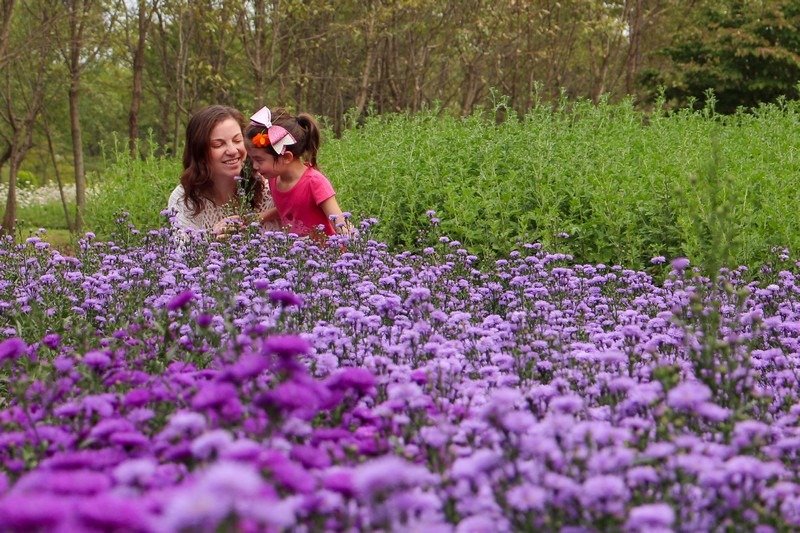
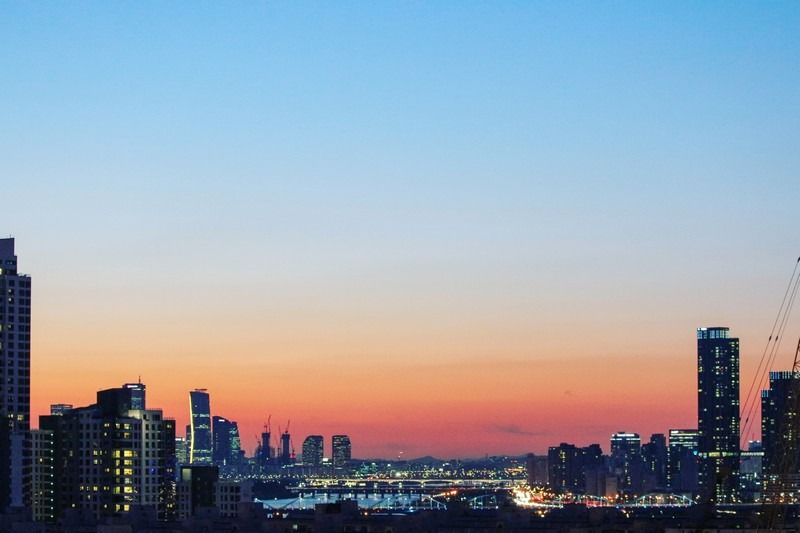

Want to skip around? Here is what you’ll find here:
- What To Do BEFORE You Come To Korea
- Year Round Travel Essentials
- What’s the weather like in Korea?
- The Clothes Packing List For Korea
What To Do BEFORE You Come To Korea
Buy An Airplane Ticket: Get your airplane ticket and look for those deals. We’ve found some awesome deals on travel at Skyscanner.com.
Get a Visa: Many people can come in easily and get a tourist visa but be sure to check that you have what you need from your home country to come in to Korea and get a visa.
Book A Hotel: To get in to Korea, you’ll need to have prepared a place to stay and you’ll need the address when you fill out your card for immigration. Make sure to book and write down the address. We usually use Booking.com which has great deals on hotels around the country. If you want to stay in the tallest hotel in the country, which obviously comes with some amazing views, don’t miss the Signiel Hotel in Lotte’s Seoul Sky.
Travel Insurance: World Nomads offers simple and flexible travel insurance. Buy at home or while traveling and claim online from anywhere in the world. We receive a fee when you get a quote from World Nomads using this link. We do not represent World Nomads. This is not a recommendation to buy travel insurance.
Study Korean: 90 Day Languages has a great course on Korean and offers a lot of help if you’re interested in preparing before you come. A little goes a long way here.
Plan Your Airport Transfer: There are numerous ways to transfer from Incheon International Airport outside of the city into the city of Seoul from the subway/train and bus to taxis. To be honest, we almost always opt for the private transfer. It’s fast and easy and we don’t have to worry about dragging our bags this way and that and up and down escalators. TaDa is a great company that provides transfers as well as rides within the city. Book your transfer in advance to make the trip smooth and easy.
Get Good Hard Case Luggage: Packing all of the essentials is good only if they get to the other side with you. Make sure to have good luggage to get you and your belongings all the way. Roam Luggage has awesome customizable bags that will go the distance and look super cool on the way.
Year Round Travel Essentials
The Basics
Passport: Don’t leave home without it.
Money: Credit cards are widely accepted in Korea and KRW are accepted everywhere. Many people have issues at some point finding an ATM to get money out of their debit accounts back home though so make sure to let your bank know in advance that you’ll be traveling and bring at least W200,000 in cash to get you by for a bit.
Dust Mask: Unfortunately, Korea goes through periods of having high dust levels and a lot of travelers don’t realize it…. until they wake up with a headache or stuffed up. It’s better to be safe than sorry and come with a face mask prepared. You can check the dust level on various apps to know when to use it. I use AirVisual. Do come prepared though and pack an appropriate dust mask so you already have one you can grab should you need it. Learn more about the fine dust situation in Korea and how you can prepare.
Sun Cream & Lip Balm: The sun is strong throughout the year. Protect your skin and wear sun cream and lip balm any time you’re visiting Korea.
Medications/Glasses/Lenses: Be sure to bring any medications and birth control pills you’re taking as well as allergy medicines if you’re heading here in the spring and are prone to pollen issues. Don’t forget your glasses either.
Guidebooks: In Seoul, the government has placed helpful tourist aides in high frequented areas and they’re wearing bright red shirts and hats. You can’t miss them. Feel free to ask them anything in multiple languages, but I also recommend grabbing a guidebook to have some basic knowledge of how things are laid out and where to go to see cultural stops vs. shopping spots and so on.
Phrasebooks: I highly recommend learning some of the basics for travel in Korea. While you can certainly get by without Korean, you’ll have a much better experience if you learn how to say “hello”, “goodbye”, “please”, “thank you”, and a bit more. Trust me, you’ll get treated very well if you throw out some phrases while you’re traveling.
Handheld Translator: If you don’t think you’ll have time to pick up some phrases, look into buying a handheld translator. While I can speak Korean, we got when before we traveled to Taiwan and it was amazingly helpful. Able to use a camera to translate signs as well as listen and translate on site, it’s super helpful for any world traveler.
Water bottle: I carry my own water bottle wherever I go and you should too. There are numerous places to fill up in Korea from the restaurants with the water stands to the faucets and fountains at parks. Water from the tap is drinkable here so no worries on that, but if you want to be extra safe grab a Grayl Ultralight Water Purifier Bottle. It’s awesome and will do the trick.
Toiletries: Don’t forget to pack your toothbrush, toothpaste, deodorant, menstrual cup and make up.
Good Bag: Make sure to bring a bag or backpack your comfortable carrying around for long hours while you’re out and about. I would also suggest putting an extra tote bag inside that you can get out if you go shopping or need to bring some things back to your hotel. More and more places are forgoing offering a plastic bag or you have to pay extra to get one. So just plan to be eco-friendly and pack your own.
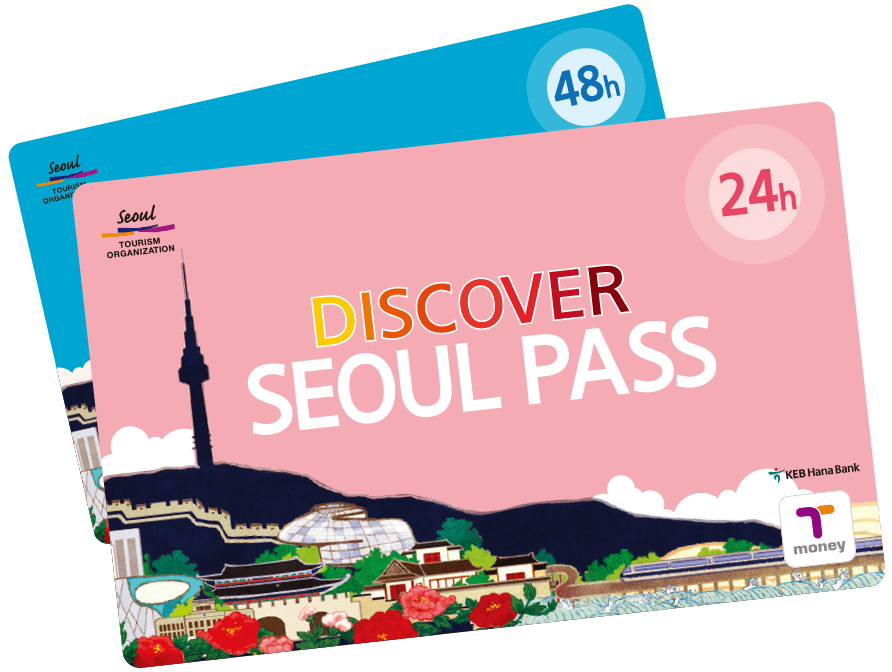
Cards & Passes
International Driver’s License: To be honest, I wouldn’t recommend driving in Seoul if it’s your first time to this massive city. It’s a rush and can be hectic on the roads. I didn’t start driving until I’d been here for about 8 years and still I can say it was crazy when I first started. BUT, if you plan to head out of the city to a spot like Alpaca World, want to take a road trip and will rent a car while you’re here, then remember to bring your International Driver’s License. I highly recommend renting a car if you’ll be headed to Jeju Island or anywhere aside from Seoul and Busan because it’s much easier to get around that way in those cases.
Korea Rail Pass: If you want to get out of Seoul and plan to use the train more than twice, then the Korea Rail Pass is the economical/budget choice you want to have on hand. You can get back and forth between the popular Nami Island nearby the city or go as far as Andong or even Busan. The train line is the limits. Grab the card here and just head to the station with your confirmation and it’s as easy as that.
Wifi Eggs/Sim Cards: While there is great WiFi in many places around Seoul and Korea, nothing beats having your own Wifi Egg so there’s no lag in connection. You can pre-reserve Sim Cards via Klook so they’re ready and waiting for you when you fly into either Incheon International Airport or into Busan International Airport. Or, get a Korean eSIM if you have a new phone. No cards necessary. Here’s a complete guide to the best Korean SIM cards for your trip to Korea.
T-Money Card/Discover Seoul Pass: To get around using the subways or buses or other public transportation options, you’ll need to get a T-Money card. This card allows you to put money on it and scan it at the turnstiles in subways and when you’re getting on and off buses and even works in taxis. HOWEVER, if you’ll be doing a lot of touristy things and visiting the touristy sites, then you might be better off getting the Discover Seoul Pass. This pass comes with a variety of perks like access to Hanbok rentals, palaces, view points and other major attractions AND it also works as a T-Money card. SO, if you’ll be touristy, grab the Discover Seoul Pass to get out and about. But do know how to use it. Here is a guide and itineraries for using the Discover Seoul Pass to the max.
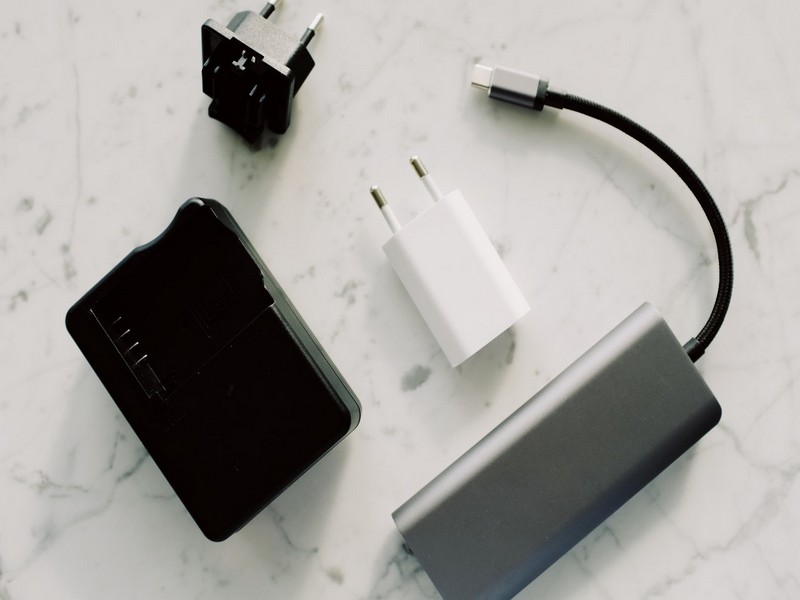
Electronics
Adapter/Converter: Korea sockets have the same shape as those in Europe and South America which is to say it is two round pins with no grounder. The standard voltage here is 220 to 240 volts. Be sure to pack an adapter so you can easily use all of your devices and electronics while you visit. Want to make sure you know what is correct? Check out this guide to travel adapters for Korea.
Portable Charger: If you plan to be out and about all day and don’t want your nifty electronics to die on you, definitely plan on taking a portable charger. I’ve got a friend that carries two or three with her at all times. Be like her, be prepared.
Camera: Every traveler needs a camera to document their travels. It probably goes without saying, but I’ll say it so it’s not left out of the bag just in case. I’ve been a longtime Canon fan, but whatever you’ve got, pack it!
Headphones: I’m on of those people that almost always forgets my headphones. Don’t be like me, packs yours for long flights, bus rides, or train rides south. I just got the Bose Quiet Comfort Wireless headphones and LOVE them! Check them out if you need a new pair.
What’s the weather like in Korea?
What’s the weather like in Korea in the summer?
In Brief: Summer lasts from June to August and into September more and more these days. Temperatures can range between 23C and 30C. It can be incredibly humid as this is also when the monsoon rains hit. The hottest month of the year is August on average. July is the wettest month on average. Check out this complete guide to summer in Korea to learn more if you’re coming in the summer.
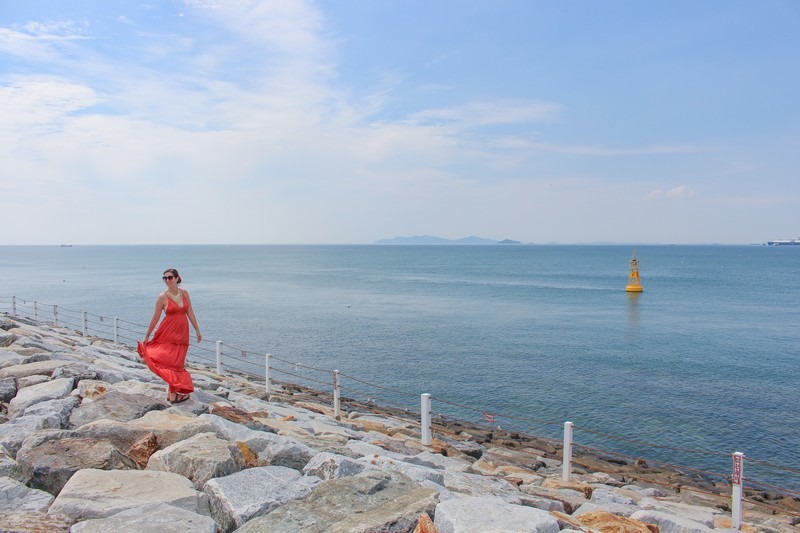
Oh summer, hot hot summer. The summer is one hot and humid mess and if you’re not used to the humidity, it will most definitely smack you in the face so that you understand what it truly feels like to drink water through air. Summer can be pretty dreadful if you’re not prepared but it can also be bright, sunny, and fun and the perfect time to plan a beach getaway which isn’t hard in a country surrounded with coast line.
Popular spots to visit include Busan and Gangneung and an easy spot to get to from Seoul is Oido Island and Daebudo Island. Make sure to dress appropriately and bring some extra clothes to change into when the first outfit gets sweaty and you’ll be fine. Summer also features the wet monsoon season so it’s smart to pack for both a dry summer and a wet summer. Some years the monsoon rains may last a week and other years they may last two months. Many people let the damp humid air and heat keep them indoors, but if you know it’s coming, there is plenty to do and ways to keep cool.
What’s the weather like in Korea in the autumn?
In Brief: From October to November expect average temperatures to be between 19C and 21C with low rainfall. These temperatures are lasting into mid December as well. Check out this complete guide to fall in Korea to learn more if you’re coming in the autumn.
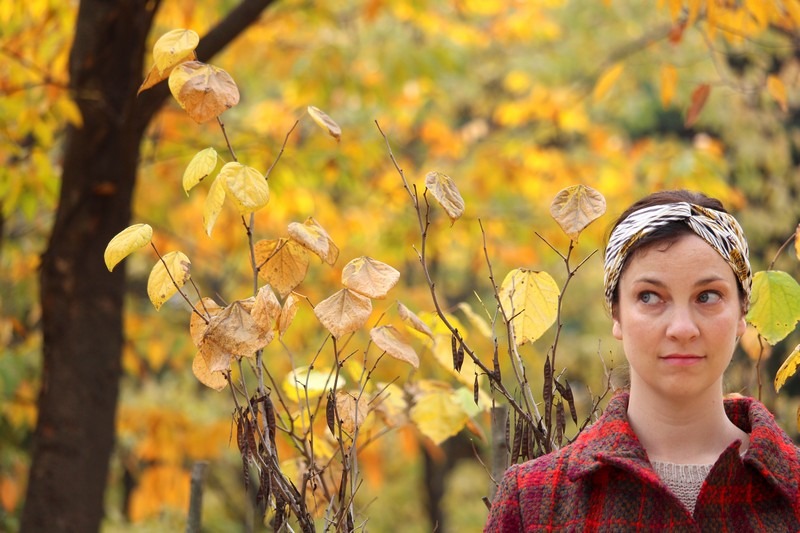
Though short, Korean autumn is one of the most beautiful times to visit the country and the weather is fabulous for travelers who are out and about and walking everywhere. The breezes are cooler but the sun is still strong. Pack layers as it can be warm during the day but get very chilly in the evening.
Don’t miss the fabulous foliage and the cinnamony roadside treats this season. The beautiful spots to take trips to include Andong for foliage and a popular traditional mask festival, Cheongson for an apple festival, and any of the awesome national parks around the country.
What’s the weather like in Korea in the winter?
In Brief: The long winter lasts from mid-December into March and the weather is cold and dry with temperatures that can go as low as -20C. The coldest month of the year is January on average.
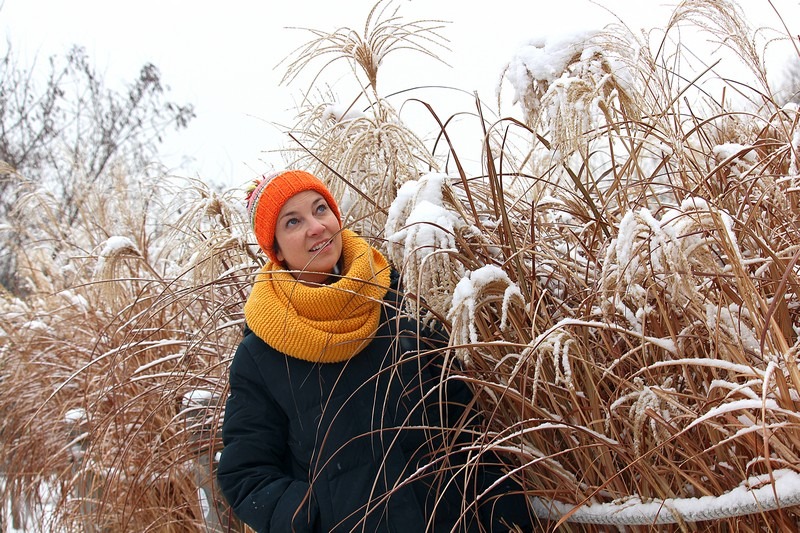
Don’t underestimate how cold it can get in Seoul and all over Korea. I am often asked if it snows in Seoul or where to see snow in Korea and then the follow up is always what one should wear to play in that snow. It most definitely can snow, but if you want to be assured of seeing snow, definitely head to the nearby mountains where you can sled, ski, or snowboard. Yes, it gets cold, but if you pack those layers, you’ll be fine.
Winter in a city isn’t for everyone, but if you’re prepared with a good warm coat and warm socks, you’ll be fine getting around Seoul and if it snows while you’re here, it’s absolutely beautiful to see a snow covered Seoul.
What’s the weather like in Korea in the spring?
In Brief: In the spring temperatures average between 3C and 25C between March and May. The air is crisp and clear. Check out this complete guide to spring in Korea to learn more if you’re coming in the spring.

Another gorgeous season to visit Korea what with the blooming of the cherry blossom flowers and other spring bloomers, the season is still rather cool but so beautiful. Make sure to bring pretty spring frocks with sweaters and jackets because coming out of winter, the breezes can still be quite cold.
Watch as the world comes alive again this season and head to the Han River Parks to see the riverside brighten up with greens and more. Dress warmly in case of cool breezes but be prepared to take off the layers should the sun beat down.
The Clothes Packing List For Korea
Koreans are pretty open minded when it comes to style and you can wear pretty much anything and come with any colored hair and be just fine, however there is still some conservative ideals when it comes to dressing. While ladies may wear super short skirts and shorts, they’re less likely to walk around in spaghetti strap tank tops or dresses. That said, I tend to go with averages. If my shoulders are out, wear longer skirts/pants. If my thighs are out, wear something with more coverage on top.
When the summers get scorching and humid, wear what you want. I’ve oft seen older men walking around with their shirts rolled up and bellies hanging loose in the summers. Consider where you’re going and plan accordingly. If you’re going to a nice restaurant or cafe then don’t dress obscenely. If you’re headed to the beach, wear that tank top. Koreans are pretty understanding of varying styles and seem interested in expression through style.
Special Notes On Clothing
Shoes: Note that you will be taking your shoes off and on more often than back home as in Korea you often take off shoes in restaurants and other traditional establishments so make sure shoes/boots/sandals are easy to get on and off quickly or you’ll regret life while you’re sitting down lacing up for five minutes in the doorway while people are trying to get in and out. This is one reason shoes with a zipper on the side/heel are super popular in Korea.
Shirts: While you can wear what you want most certainly, wearing extremely low cut tops or spaghetti strap tank tops/dresses is a bit taboo. No one will say anything if you choose to wear these items of clothing, but you will get some looks in this culture that tends to be a bit conservative when it comes to the area below the clavicle bones.
Basic Clothing Packing List
- T-Shirts
- Dresses/Skirts
- Jeans
- Underwear
- Socks
- Comfortable Shoes: My go-to are the super comfortable and sustainable shoes from Allbirds.
Seasonal Additions
For Summer
- Sandals
- Tank tops
- Shorts
- Swimsuit <– Do note that Koreans don’t tend to wear bikinis but opt for long sleeve rash guards and shorts so if you’re wearing something skimpy, you will be stared at.
- Sunglasses/Hats
- Mosquito Repellent / Sun Cream
- Electric Handheld Fan <– These have gotten wildly popular in Korea the past few summers. Want to stay cooler outside? Take around your own handheld fan.
- Sunbrella <– If you’ve never heard of it, check it out. The sun can be fierce. Don’t get caught standing out in the sun for hours without shade.
- Umbrella/Poncho <– Should you end up here when the monsoons hit, you’ll want to be prepared.
For Autumn
- Light cardigans/Sweatshirts
- Sweater
- Scarves/Hats
- Light Socks
For Winter
- Warm jacket or parka (Do not underestimate the chill factor and be prepared with a warm coat.)
- Sweaters
- Long sleeve shirts / Heat tech <– We LOVE our heat tech products from Uniqlo. They keep us warm and go under clothes easily.
- Jeans/Long pants
- Underwear
- Thick socks
- Waterproof shoes/Boots if you plan to go into the snow in the mountain
- Hats/Gloves/Scarves/Mufflers
- Hot Packs <– These are an easy way to keep the chill away and really do wonders. I never knew these existed until I moved to Korea but with all of the walking outside done in the city, they are a must. You can get one time hot packs in an convenience store here BUT I highly recommend getting reusable ones that are easy to reheat and great on the go and friendlier for the planet.
For Spring
- Heavy jacket/Light jacket <– This really depends on whether you’re coming in the beginning of spring or later. Don’t underestimate the difference in temperature between the shade and the sun.
- Light sweaters/Sweatshirts
- Jeans/Pants
- Light socks
There is a lot to see and do once you get to Seoul. Have the fun, see the sights, and enjoy enjoy enjoy!
Did you like this post? Pin It!
